Horizontal goals
or, what's so great about walking
Two weeks ago, my friend and I knocked off another small chunk of Vermont’s Long Trail. On our fourth such outing in the last two years (one in the fall, one in the spring), we hiked through beeches and birches and occasionally pines, with ferns and viburnum below, and even the occasional berry bush soon to be in fruit. Vistas are not plentiful on the Long Trail. In fact, unlike its neighboring New Hampshire, Vermont doesn’t offer many rocky summits. What views you get in the Green Mountain State are, indeed, of green-tree-covered mountains.
The vistas on the Long Trail lie not up and out, but below. At your feet, step by step, there is scenery to behold—a kind of micro-scenery of sprouts and blossoms and salamanders and toads. There is ample beauty in the bright green of new shoots, and the pink and yellow and chartreuse patches of lichen on the stones you pick your way over. On the Long Trail, you learn, I think, to find interest and beauty in the small things.
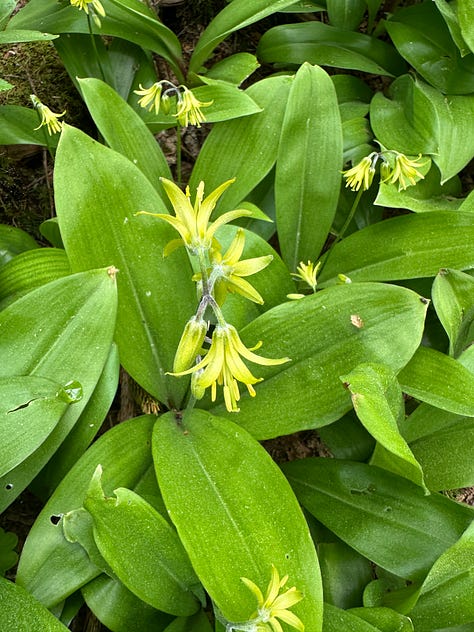
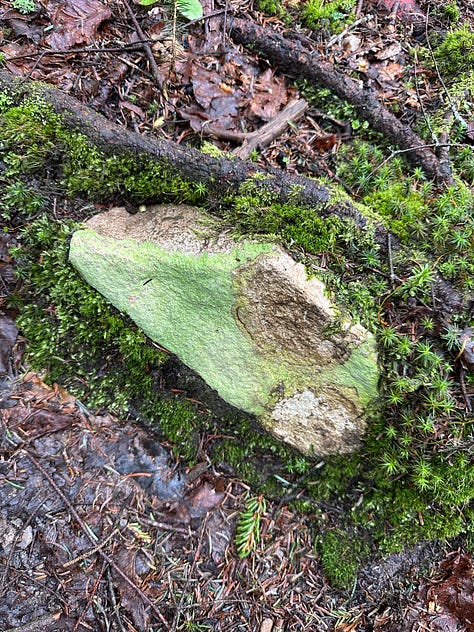
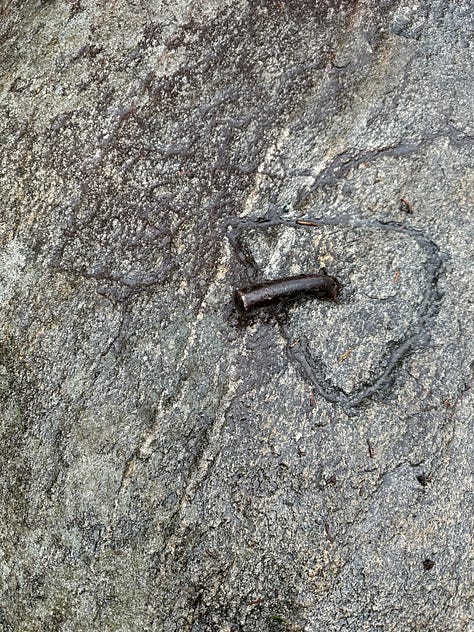
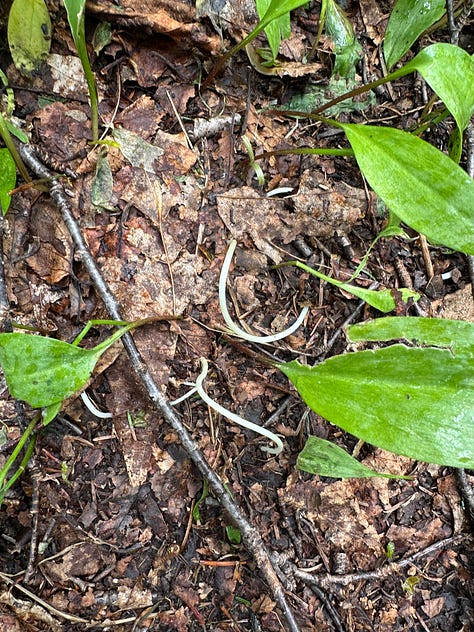
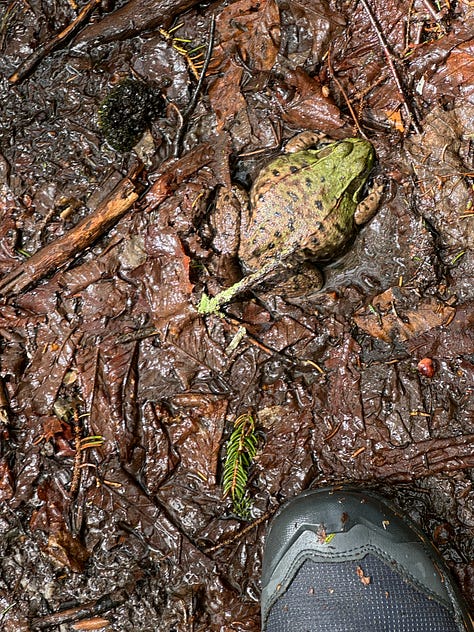
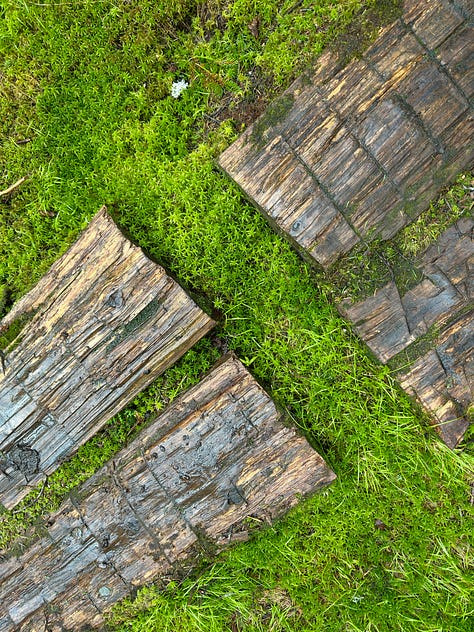
Perhaps because there aren’t grand views to take hold of your brain, you end up doing a lot of thinking. There’s something meditative about walking, and when you have a hiking partner who happens to be your best friend, conversation arises out of a mix of your interior ponderings and the ideas or questions or observations you say aloud.
So, as much as I love mountains and getting to the tops of them, I love what I’ll call now a horizontal journey.
I love the idea of traveling under my own power for a significant distance—whether in a rowing shell, or on a bike, or during a run, or a hike. My fascination with horizontal goals had a lot to do with the writing of my second novel TERRA NOVA, inspired by Robert Scott and Roald Amundsen’s race to the South Pole. Other adventurers and explorers embarked on earlier quests to summit Mont Blanc, say, or, later, Everest. Scott and Amundsen’s goal lay not up but across. Their mission was, at heart, simply to move forward.1
Simply moving forward.
We do this on religious treks, like the many routes of the Camino de Santiago or the Hajj to Mecca.
We do this in the manner of a flaneur, wandering a city with no particular goal at all.2
We do this in the phenomenon of the dérive, defined by its ostensible founder Guy Debord as "a mode of experimental behaviour linked to the conditions of urban society: a technique of rapid passage through varied ambiances."3
We do this as a way of accomplishing a kind of quest, completing the Pacific Crest Trail, the Appalachian Trail, the Larapinta Trail, or any of the many other long-distance trails around the world.
We do this as a spur to creativity, as Dickens did, walking miles and miles every day through London as precursor to his writing sessions.
We do this in the simple utilitarian mode of getting someplace when there’s no better way to go.
Yesterday, my husband and I went on a hike here in the mountain village of Papingo, Greece where my family has been established since at least six generations ago. Our route took us down the mountain to the Voithomati River which is dry upstream at this time of year, but flowing downstream from a spring right where the path crosses. From there downwards, the river flows turquoise and ice-cold, into the Aoös River’s wide valley near the Albanian border. Across the river from Papingo and up the other side of the gorge is the village of Vikos, named for the Gorge that begins there and runs 8 miles to the village of Monodendri.
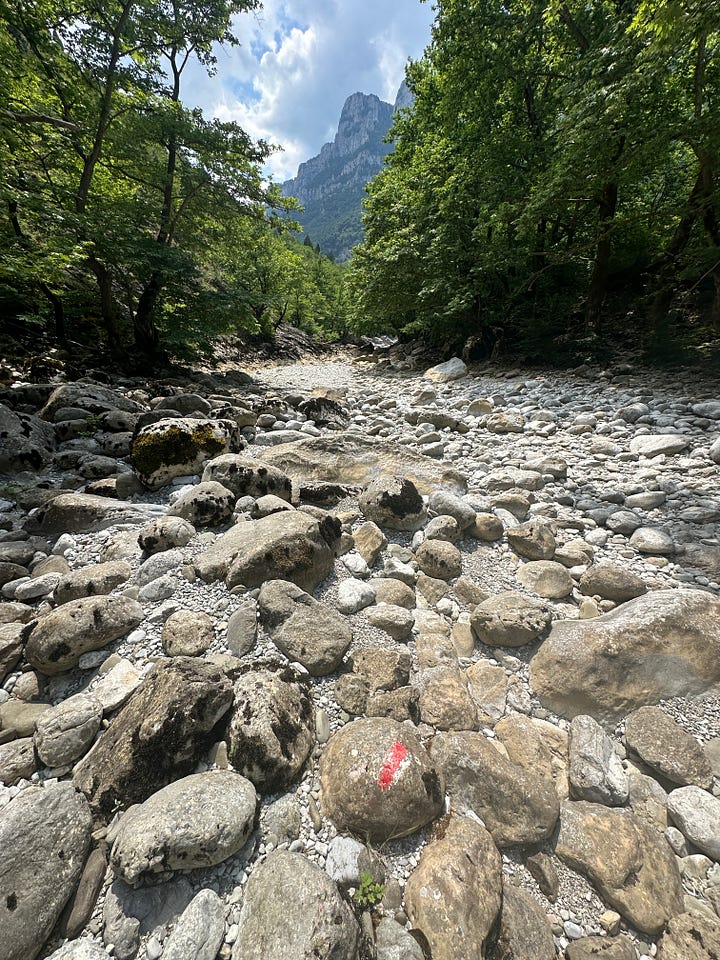

A path leads up from the river to Vikos. As you near that village, the path is set with stone pavers and steps built over 100 years ago. From Papingo to the river, it’s an elevation loss of 1,400 feet. From the river to Vikos, it’s a gain of 900 feet. Why is this important? Because in the 1950s, this was the commute taken by a cousin of my father’s whose husband was the schoolteacher in the village of Vikos. Pinoula (short for Despina) lived in Papingo, but her husband lived during the week in Vikos. They would walk to the river from their respective villages to meet—and, she told me with a wink years ago, to exchange his dirty laundry for clean. They likely did this hike in good shoes, he wearing trousers and a button-down shirt, and she in a dress.
There we were yesterday, my husband and I, in our trail-running shoes, with hydration packs and gorp and chocolate, and 75 years ago, Pinoula would have made that journey in her sensible flats and a dress. Not for exercise, or pilgrimage, or heroic achievement, or creative spur. Simply because that was how you got around in the villages of the Zagori back then.
When I hike around here, I’m always mindful that this is the land where my ancestors and nearer-in-time relatives walked, and worked—and, during the Second World War and Civil War, fought or hid or were force-marched by captors. It’s a luxury that I get to impersonate their necessary travel now as recreation. It’s a luxury that my best friend and I can choose to walk the length of Vermont in little chunks over the coming years.
All of which is a reminder that, as with the Long Trail and its micro-level flora and fauna, the views of a walk needn’t be grand or even external. When you walk, vistas open up inside your mind. Since walking places relatively lesser demands on a person than, say, trail running, your mind is free to wander—separately from your wandering or purposefully striding body. Walking, you exist in two planes (at least), and two (at least) chronologies. It’s the easiest form of time travel there is.
and back. which is why Scott is sadly a kind of double failure for having reached the Pole second and having died on the way back. (but he’s still my hero)
The main character of Maud Casey’s fascinating novel The Man Who Walked Away is one such flaneur.
https://thereader.mitpress.mit.edu/psychogeography-a-purposeful-drift-through-the-city/


